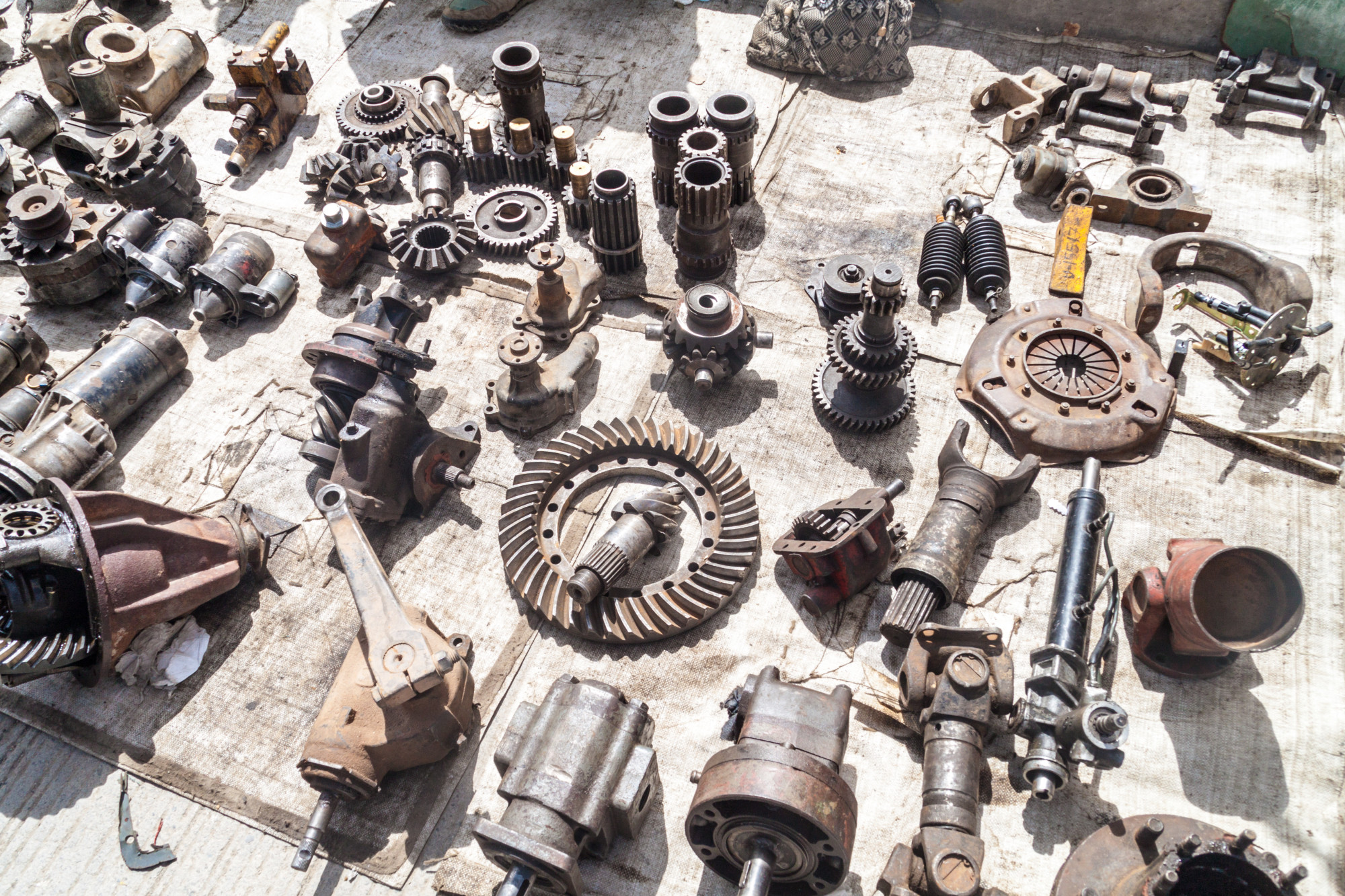
The Future Is Now: How to Reverse Engineer a Car Part
Over the last decade, classic cars have garnered great collector interest. In fact, the golden age of these vehicles lasted right up until 2019. From 2008 until then, the value of these vehicles soared.
While the price tags for these vintage cars aren’t continually on the rise, there’s still lots of interest and love for these iconic vehicles.
There’s only one problem.
Anyone maintaining a classic car can quickly run into issues if they require a discontinued part to repair their vehicle.
Now, the future is here, and it allows us to look back and rescue these car pieces of the past. Through reverse engineering, you can recreate an existing design to replicate or replace parts that would otherwise be impossible to obtain.
So, in this article, we’ll take a look at these technologies. Continue reading to find out how to reverse engineer a car part today.
What Does It Mean to ‘Reverse Engineer’ a Car Part?
Before we take a look at the ‘how,’ let’s first examine the ‘what’ and ‘why.’ Reverse engineering is a little like archeology. It’s about discovering manufacturing processes that have become lost to the ages and are now unknown.
This aptly named process involves working backward through the original design process. The challenge is to gain a working knowledge of the car part, piece by piece. This is imperative for understanding the manufacturing processes that go into creating such a part.
How Does Reverse Engineering Work?
The process of reverse engineering aims to understand:
- How an outdated part works
- How it’s used
- How to create a replica
This is frequently required when engineers come across a vehicle part that is decades old and broken, and the manufacturer is out of business. Numerous old parts have stood the test of time.
Instead of replacing the whole vehicle, reverse engineering allows us to replace a single part. Typically, the pieces in question are more than 20 years old.
To get the vehicle running again, the engineer will have to replicate the old design by understanding its original construction.
Reverse engineering industrial, automotive parts can be challenging, given the complexity of the materials and the precise image data. Nowadays, engineers can create digital representations and 3D models of a piece to inspect and simulate.
What Info Do You Need to Reverse Engineer a Car Part?
This is just some of the necessary info that’s often required for effective reconstruction:
- Material analysis, such as the hardness of the material used. For reconstruction in current vehicles, components need to meet environmental, aesthetic, and weight concerns.
- The original finishing or plating
- Surface roughness
- Electrical characteristics
The engineer then uses the physical part or mock-up as a starting point for extracting the design intent to recreate the component.
In some cases, this also enables engineers to re-create parts using lighter-weight materials. This is a popular strategy for enhancing cars in the racing industry.
Reverse Engineering a Car Part Using Scan-To-CAD
In the not-too-distant past, reverse-engineering a car part so that it’s ready for an installation could easily take several months.
It would require using paper modeling to construct mock-ups, which would then proceed to sheet metal, then welding. After that, a multi-step fabrication process would take even longer.
With advancing 3D scanning and printing, reverse engineering is more achievable than ever before. The first step is to scan the part in question.
A 3D scanner can measure the part in the form of a point cloud. This is similar to a series of dots on a Cartesian plane.
The information obtained through the scan then converts into an STL file. To get the best possible result, the part needs to be cleaned and fixed in place, so no obstructions appear on the surface.
3D scanners can be phone cameras or laser scanners on robots. Better scanners can secure more detail in the point cloud. Companies like Go3Dpro offer comprehensive solutions for 3D digitizing, including handheld 3D model scanners.
Next, engineers can use CAD software to transform the STL file into a 3D model. It’s not uncommon for a scan to lack some information, but there are tools that can repair STL files and patch in holes and missing faces.
This process often doesn’t take longer than ten minutes. In other cases, several scans can consolidate with one another to create a complete image of the model.
Once the CAD geometry is watertight, the engineer can build the part through additive or subtractive manufacturing processes.
Is Reverse Engineering Legal?
There are some legally ambiguous applications for using reverse engineering technologies. For the most part, if you’re using reverse engineering to maintain your own vehicle or to help repair a client’s car, there should be no problem.
However, selling re-engineered parts can be considered an act of counterfeiting and infringes on original patents and intellectual properties. Sellers of re-engineered products could stand accused of rebranding or mimicking an existing product.
Legally it gets more complicated when you need parts from a company that is still in business but no longer supports the product you are replicating. In cases like this, it is advisable to contact a lawyer.
The Future of Technology Keeps Us Close to the Past
Thanks to the constant improvement in 3D printing and scanning, it’s easier than ever to reverse engineer the car parts we need to keep our vintage cars running.
This allows lovers of classic cars to maintain and repair their treasured vehicles with next-to-no aggravation!
We hope you enjoyed this article! If you did, be sure to subscribe. This is by far the easiest way to stay up to date with all our freshest content. Enjoy!
